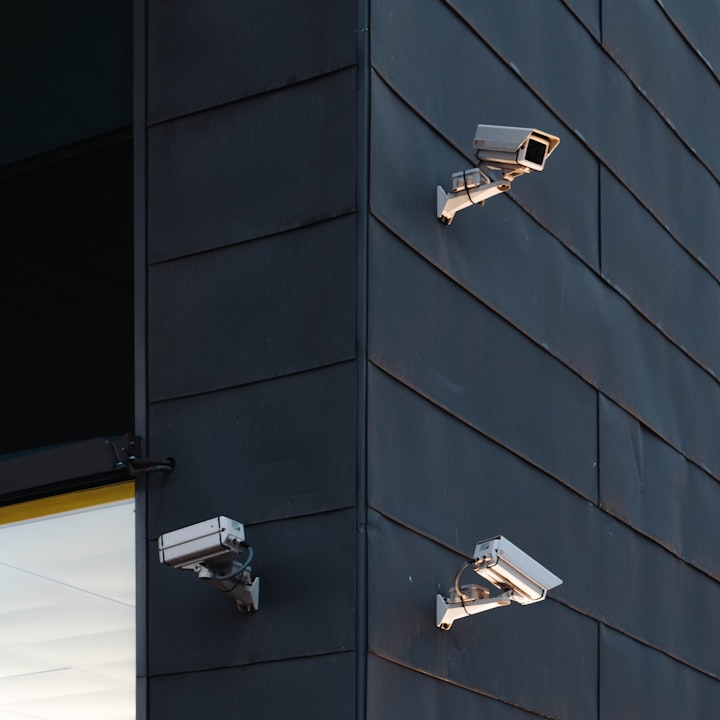Are Multiple Access Points the Key to Maximizing WiFi Coverage?
Maximize WiFi coverage using multiple access points without compromising speed with constructive interference.

Are you pondering the possibility of extending your WiFi coverage by hardwiring multiple routers to your modem?
Let's delve into the technical aspects and potential benefits of this setup...
Understanding the Setup
When considering this setup, it's crucial to clarify that routers create separate networks, while access points extend an existing network.
For the purpose of expanding coverage, standalone access points are the preferred choice.
Wiring them into a Power over Ethernet (PoE) switch can facilitate seamless connectivity.
Assessing the Impact on Speed
One commonly debated aspect is the impact of multiple routers or access points on WiFi speeds.
While increasing the coverage area is a definite advantage, it's essential to note that speed may not be uniformly distributed across the extended network.
The distance from each access point, interference, and network congestion can contribute to variations in speed.
However, the overall network capacity may increase, potentially enabling more devices to connect simultaneously without significant slowdowns.
The Role of Constructive Interference
When deploying multiple access points, the concept of constructive interference arises.
This occurs when the signals transmitted by the access points align in such a way that they reinforce each other, leading to stronger and more reliable connections.
However, achieving constructive interference in real-world scenarios can be challenging due to various environmental factors that influence signal propagation and reception.
Practical Considerations
It's important to consider some practical factors.
Configuring multiple access points can be complex, requiring expertise in network configuration.
Additionally, the placement of access points plays a critical role in achieving optimal coverage and reducing signal interference.
Finding the Optimal Solution
While hardwiring multiple access points can extend WiFi coverage, it's essential to explore alternative solutions as well.
Mesh WiFi systems and WiFi range extenders offer simpler setups and seamless handoffs between access points, enhancing the user experience...
Conclusion
Expanding WiFi coverage by hardwiring multiple routers or access points to a modem can be a viable solution to address coverage limitations.
However, it's crucial to consider the potential impact on speed and the practical challenges involved.
Moreover, exploring alternative solutions, such as mesh WiFi systems, can offer more user-friendly and efficient ways of achieving extended coverage.






